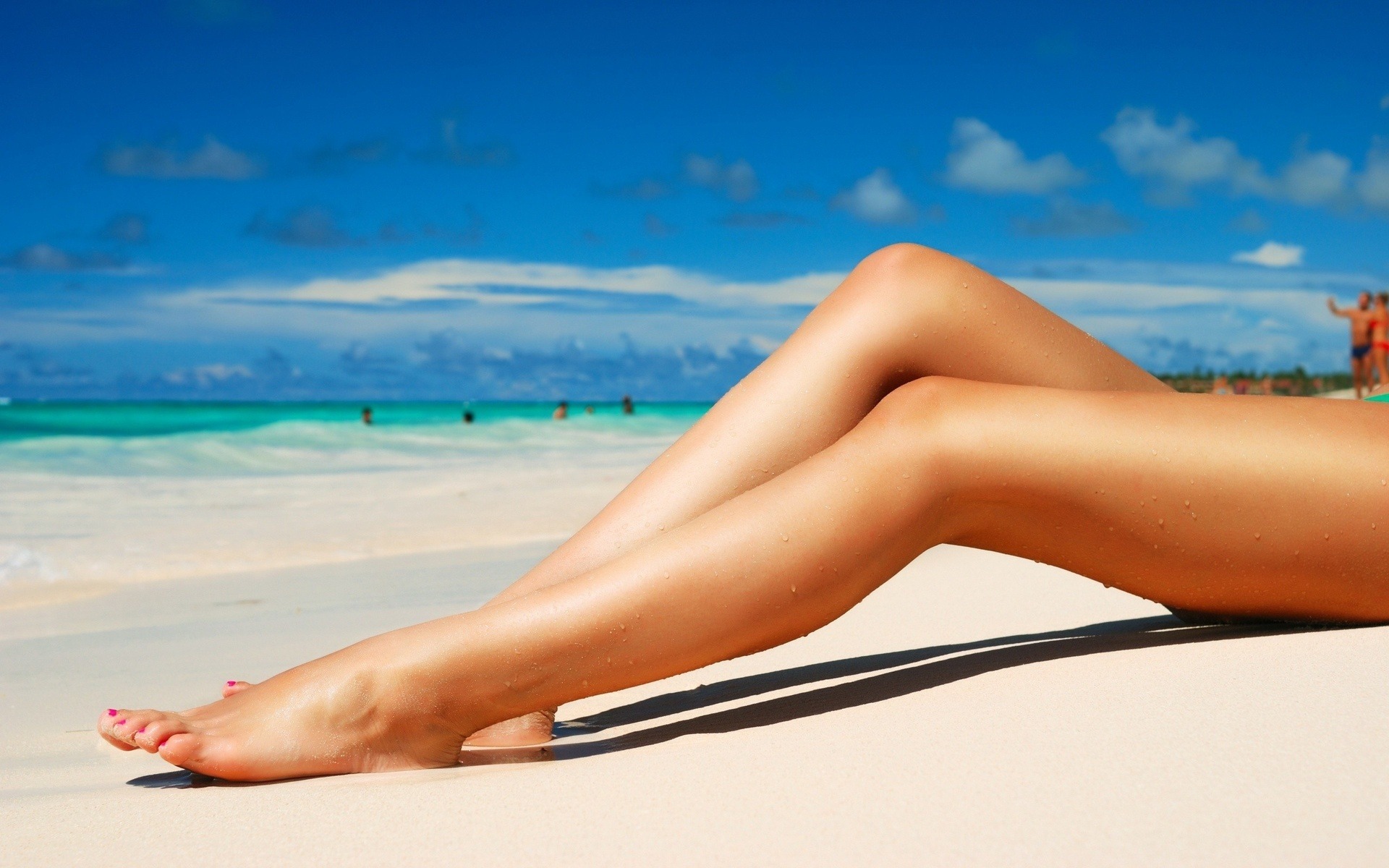Venous disorders such as spider veins and varicose veins are relatively common, but they can cause discomfort and can negatively affect the appearance of the skin. Having varicose veins or spider veins can impact on self-esteem, especially if they are located in high visibility areas such as the legs and the face. Luckily there are non-surgical options for permanently removing these unsightly and uncomfortable veins.
What Are Varicose Veins and Spider Veins?
Veins are responsible for carrying deoxygenated blood back to our heart. In order to deliver blood upwards from our legs to our heart, our veins contain one way valves which prevent blood from travelling backwards when we are standing. Problems arise when these valves fail to close properly, causing blood to pool in the veins close to the surface of the skin. Over time, this pooling causes veins to become large, twisted and to take on a dark blue colour. This is what is known as a varicose vein, whereas spider veins are similar, but are usually much smaller and closer to the skin. They also vary in colour and can be red or blue. The name ‘spider’ vein is based on the appearance of the veins, which generally look like spider webs and often contain a darker area in the middle and multiple thin veins extending outwards.
Causes of Varicose Veins and Spider Veins
Heredity
The most common risk factor for varicose veins or spider veins is a family history. 70{41b0caec77ce05c51ae77da43976635965f7f9a171696a696760a309330d4d8b} of sufferers have an immediate family member with varicose or spider veins.
Gender
Women are 5 times more likely to suffer from varicose or spider veins. The reason for this is not fully understood, but it is believed that hormonal differences are responsible, especially the hormonal changes which occur during puberty, pregnancy, breastfeeding and menopause.
Lifestyle
In addition to the two main risk factors of gender and heredity, there are lifestyle factors which may increase the risk of varicose veins. These include:
- Obesity
- Lack of exercise
- Standing of sitting for long periods
- Lack of mobility
- Trauma
Treatment of Varicose Veins and Spider Veins
Varicose veins and spider veins can be treated non-surgically through sclerotherapy. We typically recommend sclerotherapy for advanced cases of spider veins and varicose veins on the legs. Unlike most doctors who use sclerotherapy alone, when treating spider veins on the legs we use an initial laser treatment followed by sclerotherapy on the feeder vein which is at the root of the spider veins. By using the laser, less sclerotherapy is required and the results are much quicker. This also decreases the risk of skin staining which can happen as a result of sclerotherapy.
How does it work?
Sclerotherapy involves injecting a specially formulated liquid which causes the lining of the vein to seal shut and gradually disappear over the course of a few weeks. This procedure may take three to five treatments to achieve the desired result. Once the vein has collapsed, the body absorbs the vein, causing no distress to surrounding vein or tissue. Removing these problematic veins can result in a significant improvement in the physical symptoms that often accompany spider and varicose veins such as burning, itching, aching and swelling.
For larger varicose veins, we perform an ultrasound and then decide on the course of treatment. The treatment options for larger varicose veins include Ultrasound Guided Sclerotherapy and Endovenous Laser.
Ultrasound Guided Sclerotherapy
Ultrasound guided sclerotherapy is similar to normal sclerotherapy except ultrasound guidance is used to target the necessary areas.
Endovenous Laser
This treatment is a 30-45 minute procedure which involves numbing the skin, then accessing the vein through a small incision. A laser filament is inserted and its placement is verified using ultrasound. The laser is then slowly withdrawn as it emits light energy which seals the vein shut.
Try it yourself
At Verve, we offer high quality care and treatment for varicose veins and spider veins. To find out more or to enquire about treatment, call us on (02) 9363 2224 or fill out an enquiry form at https://www.vervecosmeticclinic.com.au/contact-us/.










No Comments